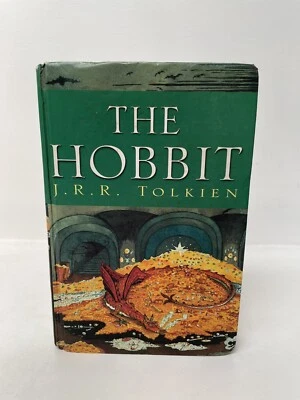Preface: A personal note by the author, about herself and her interest/background in the subject.
1. Introduction to this book: its guiding principles, and how the reader can use it.
2. What is permaculture? Looking backward to move forward. Introducing permaculture;
earth care, fair share, people care, indigenous influence.
3. Why is it important? The impact of climate change, environmentally and emotionally.
4. The twelve design principles Your arsenal in permaculture design – which can also be
applied not only to land, but any area of your life that requires observation/ re-thinking.
EARTH CARE
5. Design process: ‘formal design process’: mapping, zoning, site analysis etc.
6. Soil: soil types, soil test, composting, mulching, no dig (no-till) gardening.
7. Water: the water cycle, how to catch and store your water, earthworks e.g swails.
8. Plants: companion planting, perennials and annuals, pest control, forest gardening
(layering), plant guilds (eg. nitrogen fixing, windbreak).
9. Animals: how to manage animals in a permaculture system (the different types: silvopasture,
rotation), how to select the right animals for your site
- REFLECTIONS
FAIR SHARE
10. Intersectional environmentalism: highlighting misconceptions about the environmental
movement / reframing environmentalism / permaculture to centre marginalised communities.
11. Urban permaculture: Allotments, small gardens, raised beds, permaculture in the inner
city with less access to green spaces and more demand for food, community, resources.
12. Permaculture as activism: Mutual aid / resourcing less-developed countries with climate
resilience / sustainable and regenerative approaches to activism that don’t burn us out.
- REFLECTIONS
PEOPLE CARE
13. Self care: cultivating resilience, active hope, nature connection. How to live fully and
appreciate abundance and responsible, mindful actions that nurture us.
14. Group work: active listening, consensus decision-making, kindness, facilitation,
collaborative working, support, and bonding strategies.
15. Wide-scale global people care: off-grid communities (eco-villages); how to connect with
wider communities and networks, conclude on the value of community growing and sharing
on many levels for our personal and collective wellbeing.
- REFLECTIONS
16.How to get involved: inspiration to help you get started; reminders of why, and why now.
Health and better food. Examples and case studies of community initiatives: guerrilla
gardening groups; (in UK: Incredible Edibles Todmorden; Transition town Totnes,
Permaculture Association) (in US/Canada: similar examples tk), PDC courses local to you.































 Your request is processing... Please Wait
Your request is processing... Please Wait